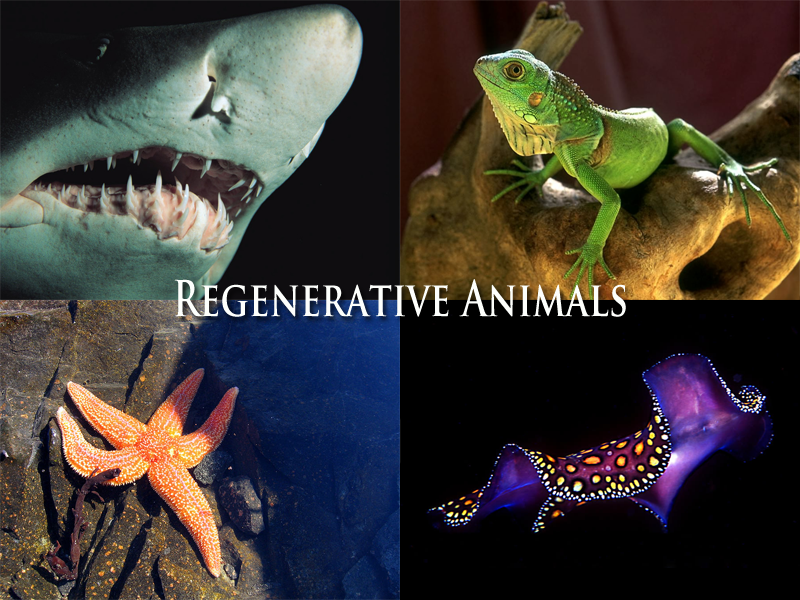Scars are the result of our natural biological process of wound healing. This repairing takes place in the skin and in other body tissues. The external scars of the skin most often comes to mind even though injured internal parts of the body can heal with scar tissue. Often a doctor can diagnose a condition based on some internal scarring of an organ such as the liver, lungs or kidneys.

What Are Scars?
Scars are areas of fibrous tissue (fibrosis) that replaces normal skin or organ tissue after injury. This is why it is said that scarring is a normal part of the healing process. Every wound (e.g. after accident, disease, or surgery) has some degree of scarring. There are some exceptions to this in the animal world. These animals undergo regeneration, which do not form scars and the tissue will grow back exactly as before. Some examples are:
• Lizards who lose all or part of their tails can grow new ones. Most
lizards can regrow a tail within nine months.
• Planarians are flat worms. If cut into pieces, each piece can grow
into a new worm.
• Sea cucumbers have bodies that can grow to be three feet long. If
cut into pieces, each one can become a new sea cucumber.
• Sharks continually replace lost teeth. They can grow as many as
24,000 teeth in a lifetime.
• Spiders can regrow missing legs or parts of legs.
• Sponges can be divided. In that case, the cells of the sponge will
regrow and combine exactly as before.
• Starfish that lose arms can grow new ones; sometimes an entire
animal can grow from a single lost arm.
As mammals, humans just aren’t that fortunate. Scars are part of our existence for better or worse.
Variant Formation of Scars
• Scar tissue is the same protein (collagen) as the tissue that it
replaces, but the fiber composition of the protein is different;
instead of a random basket weave formation of the collagen fibers
found in normal tissue
• Scar tissue is fibrosis and the collagen cross-links forms a
pronounced alignment in a single direction.
Scar Tissue has inferior functionality
• Scars in the skin are less resistant to ultraviolet radiation
• Sweat glands and hair follicles do not grow back within scar tissue
• A heart attack causes scar formation in the heart muscle, which
leads to loss of muscular power and possibly heart failure.
• Bones can be an exception they can heal without any structural or
functional deterioration.
